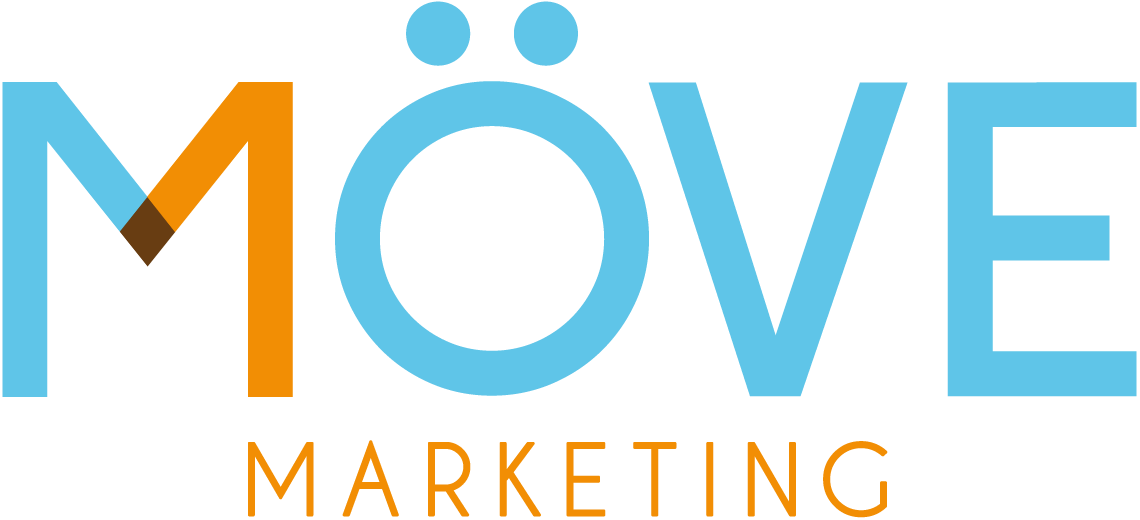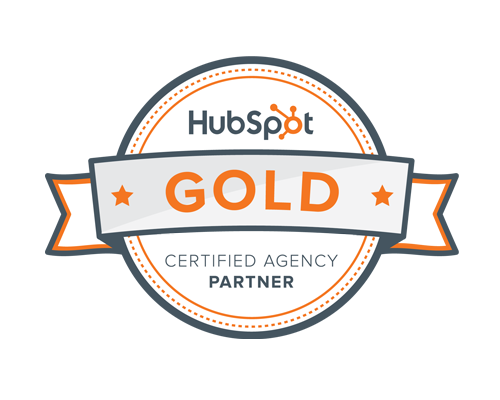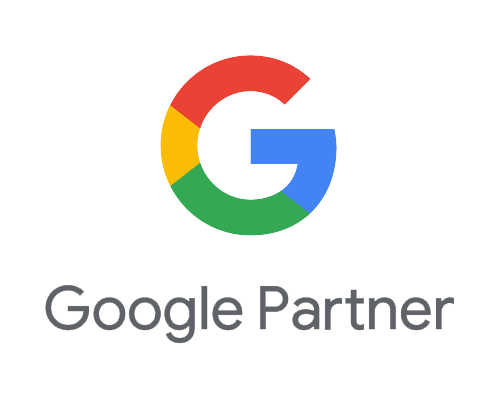
Inbound Marketing: 5 Best Practices to Attract, Convert, & Close Leads
Inbound Marketing: 5 Best Practices to Attract, Convert, & Close Leads
Inbound marketing is defined as a business methodology that attracts customers by creating valuable content and experiences tailored to them. While outbound marketing interrupts your audience with content they don’t always want, inbound marketing forms buyer connections that they are looking for and presents solutions to problems they already have.
In this article, we immerse ourselves in five killer strategies to execute effective inbound marketing, no matter how big, small, new or old, your company is.
1. Target Each of Your Unique Buyer Personas with Relevant Content
The first step to understanding the content you should be creating to fuel your inbound marketing strategy is to lock in your buyer personas. A buyer persona is a semi-fictional representation of your ideal customer based on market research and real data about your existing customers. For example, let’s say you own an organic cotton clothing store for babies and toddlers ages 0-3. Your target buyer isn’t the 1 year old wearing the clothes, it’s the 27-38-year-old stay-at-home mom shopping for healthier clothing options that she feels comfortable dressing her baby in. Let’s call her “Mommy Mia.”
Now that you know who your top buyer persona is, you can begin creating content directed specifically towards Mommy Mia. Through the persona exercise, you'll know that she cares about high-quality health-conscious clothing options for her newborn. Examples of content that will resonate with her may include a blog post about the benefits of using organic baby clothes to protect a newborn’s sensitive skin, or a social media post showing a case study of an instance where a baby broke out in a rash from a synthetic onesie and how the same baby has zero reaction to wearing your company’s organic clothes.
You may find over time that your buyer personas develop and change. Through analytics, you may notice that “Mommy Mia” is focused on buying clothes for little girls while there is a new persona emerging through your data, “Mommy Miles,” who buys clothes just for boys. Or, that another segment of moms is clicking on your ads, viewing your content, and engaging with emails, but they're price sensitive and would rather see discounts and sale promotions in their feed instead of the health-conscious messaging Mommy Mia is into.
Knowing your different buyer personas enables you to effectively reach out to each target market with relevant content that will attract their specific attention and lead to conversions.
2. Reach Your Target Audience Through Multiple Channels
Knowing your target audience is just the first step in inbound marketing. Next, you need to find where your target audience likes to receive their information. There are a multitude of marketing channels such as email marketing, SMS, social media, search engines, and paid retargeting, to name a few. So how can you determine which channels your target audience is most likely to interact with your content?
The best way to find out where you’re getting the most leads from is through data analytics. Most email campaign software and social media platforms provide you with data insights that will help you discover which channels are giving you the most business. Once you know where your top leads choose to learn more information about your products or services, you can make data-driven decisions to focus your marketing efforts through those channels.
Remember, just because Facebook may be the best place to attract net new customers for your business, that doesn’t suggest that you forget about other channels like email marketing where you can continue to foster the relationship with your current customers. Your content doesn’t live in a bubble — your customers and prospects are interacting with your content throughout multiple platforms. To adequately and consistently reach your target audience you must do so through all marketing channels.
3. Acquire Leads with Free Content
One of the most effective ways to ethically collect customer data is to create landing pages with call-to-actions (CTAs) relevant to their interests such as “Download Our Free Guide to Effective Inbound Marketing.” Before a prospect can download the PDF or presentation, they must input their email address, first and last name, and any other relevant information you include in your lead capture form.
Based on the content downloaded, you can then automatically segment that new contact into a specific list in your customer database so they will receive the most high-impact lead nurturing emails based on their buyer persona and where they are in their buyer’s journey.
4. Include CTAs on Each Page of Your Website
CTAs are critical to lead nurturing as they help guide a user through the purchase journey. While these conversion points contribute to growth, they also help you find out where leads are in their buyer’s journey and how to best foster a relationship with them as they work their way to the decision stage. There are a plethora of CTA examples and use-cases for each so we decided to highlight a few below.
Schedule a Consultation with an Expert
What better way to sell your products to your customers than to directly assess their needs and give them personalized solutions that only your company can provide? Including this CTA on your website will incentivize prospects that are in the consideration stage of their buyer’s journey to learn more about your products and services from a member of your company’s expert staff.
Download a Free eBook
For prospects still in the awareness stage of their buyer’s journey, they may not be ready to speak to a sales representative yet and may simply want to gain more information about your company. A free ebook provides leads with the content that proves your business can help solve their issues. This also gives you the opportunity to more effectively retarget them as they move along their journey.
Sign Up for Email
Emails are a great way to stay connected with your leads and customers. You can incentivize leads to sign up to receive emails by offering a discount for signing up such as 10% off their first purchase. Once leads sign up, they can automatically be segmented into targetable customer lists and put into a lead nurturing workflow via the email channel. As leads convert into customers, you can move their contact data into customer lists to continue to foster their relationship with your brand.
5. Optimize Keywords & Backlinks on Each Page
Optimizing your content will increase your ranking in search engines like Google, Bing, and Yahoo. A higher ranking means a greater chance for more potential customers to find your product or service. Search engine optimization (SEO) enables prospects to find your business when they conduct an online search for keywords related to your products or services. Adding specific keywords throughout your website distinguishes your brand from competitors.
For example, if your business sells custom-made picture frames, use specific keywords and long-tail keywords like “custom-made,” “handmade,” “custom picture frames,” and “personalized picture frames.” If you have a storefront (or multiple locations), be sure to include the locations on your website — when people search for “custom frames near me” your business has a greater chance of ranking as a number one resource.
Another way to improve your SEO is to include backlinks to internal and external sources on each page. For example, let’s say your custom picture frame business has a partnership with a company that produces the glass for the frames, link to their website to achieve greater crawlability (a search engine's ability to access and crawl content on a page). Greater crawlability means search engines can more accurately assess your website and rank it higher on the results page.
To learn more about SEO best practices, read our blog 3 SEO Secrets Search Engines (& Your Target Audience) Wish You Knew.
Final Thoughts
Inbound marketing is the methodology of creating meaningful content to build lasting relationships with your prospects and customers. Through creative, educational, and high-value content, you attract prospective customers. In leveraging meaningful CTAs in pivotal spots across the buyer's journey, you engage with your target audience. And, through consistent touchpoints throughout the customer lifecycle, you delight them with your exceptional service and consistent messaging throughout marketing channels.
If you adapt to these inbound marketing techniques, you’ll grow your business, increase sales, and achieve customer loyalty. To learn more about effective inbound marketing strategies, contact us.




